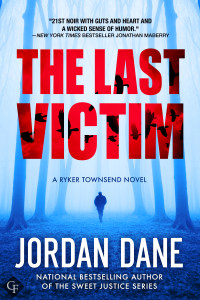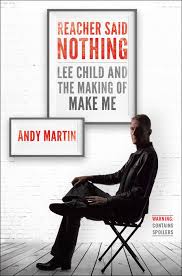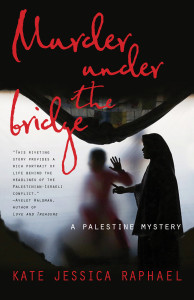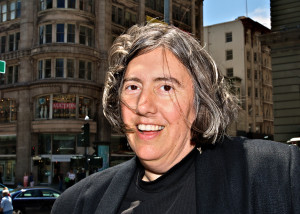Got an email the other day from a writer I met at Bouchercon. We’d chatted a bit about the craft, and he wanted to thank me. He’d just completed his first novel and was raring to go on his second. He wrote, “I’m amazed at how prolific you are.”
That was nice to hear, because when I started out that’s what I wanted to be—prolific. I was 34 years old and hadn’t written much of anything for ten years (I’d been told in college that you can’t learn how to write fiction, and since I couldn’t write fiction—fiction that was any good, anyway––I figured I just didn’t have it). So when I made the decision to finally go for it, even if I failed, I wanted to make up for lost time.
Now, according to traditional standards of the writing life, I am prolific. I’ve produced around fifty books, hundreds of articles, several stories and novellas. I’m happy with my output.
But I’m no Nora Roberts! Seriously, she is amazing. She may not be your cup o’ noodles, but as a highly successful professional writer, there is something awe inspiring about her production. And there are many other writers out there I could point to with the same wonder.
We all have our floors and our ceilings. The trick to the writing life is to get yourself up to the ceiling and stay there. Stay there long enough, and maybe you can blow out that ceiling and put in another story (wordplay intended).
I heard from a young writer recently who said he was having trouble getting started. He has a wife and young child at home, is working long hours, and when he gets some time to himself he is easily distracted by social media, and is too much of a perfectionist to get many words done.
For those who have these sorts of constraints, let me offer some advice on becoming more prolific, for it can be done!
1. Commit to a quota
Nothing has been as beneficial to me as a professional writer than writing to a quota. In the early part of my career it was a thousand words a day. Later on I made it a weekly quota: six thousand words a week, with one day off, usually Sunday, to recharge. I still aim for a thousand words a day, but I make it a weekly quota because if life intrudes one day, I can make up those words by upping my output on the other days.
I’ve heard some writers say they just can’t write to a quota, that it’s too much pressure, that it squeezes the creative juices right out of them. Look, if you want to be a pro, you produce like a pro. That means writing even when you don’t feel like it. Imagine a brain surgeon muttering, “I’m just not into my operation today. I can only operate when I’m inspired! Besides, this guy’s a lawyer. I don’t even want to operate.”
If you want to be prolific, you need a quota.
My advice for years has been this: figure out how many words you can comfortably write in a standard week. Maybe, because of job or other duties, you can only squeeze in half an hour a day during the week, with a two-hour chunk on Saturday. Whatever. How many words can you do without much effort?
Now, up that total by 10%. You need some slight pressure to become a prolific author. And ten percent more ain’t that much pressure!
Keep track of your word count on a spreadsheet. I can tell you how many words I wrote every day and week and year, and on what projects, since 2000.
I’ve not always hit my mark, but I’m batting about .880. If you don’t make your quota one week, forget about it. Just start the new week fresh.
Periodically review your weekly quota and see if you can adjust it up. Only adjust it down if you have another child or join the Marine Corps.
2. Commit yourself to a Nifty 250 every morning
For most of my career I’ve used the Nifty 350 or Furious 500 as my standard morning practice. That is, before I do anything else (except make the coffee) I tap out 350 or 500 words of my daily goal. It’s amazing how much easier the writing day gets after that.
I’m going easy on you here in suggesting you aim for 250 words. Why? Because a Ficus tree can write 250 words in the morning. Do you want to be outclassed by a Ficus tree?
“But I’m just not a morning person!”
Oh really? You’re a person, right? And you get up in the morning, yes? And you find a way to get some coffee and hop on Facebook, don’t you?
I don’t want to hear that morning person jazz anymore. DO NOT OPEN ANY SOCIAL MEDIA, INTERNET BROWSER, OR EMAIL until you have written 250 words!
“But I’m so foggy, I just can’t think…”
Good! Don’t think at all. Just write! The discipline of writing your 250 will train your brain to get up and at ‘em.
This is where my young perfectionist will learn to let go. Don’t get it right, get it written is sage advice. Do not edit, spell check, correct, or otherwise stop your flow until the 250 is done. (Here’s a little secret. When you get to 250 you’re going to want to keep going. So go!)
You can also help your writing brain along by doing this:
3. Leave off your day’s writing mid-scene
This lets your subconscious cook during the night, and when you sit down to write on your WIP you’ll be back in the flow immediately. Hemingway even used to stop mid-sentence. I can imagine him writing:
He saw the fish and the fish was good. It was a good fish. It was a fish like the good bull in Spain that summer with Stein. Yes, and the beer was warm that summer, but it was good beer, it was
How easily he could continue the next day: beer that was brave and true.
4. Plan five or six projects ahead
Be like a movie studio. Have one greenlighted project going (your WIP) and have two or three “in development” and two or three “optioned.”
In development means you’re doing some planning, some notes, some character backstory, some plotting. If you’re a pure pantser, at least take some random notes about the plot and keep them in a file or notebook. If you’re wise, you’ll develop your idea into an elevator pitch that would make a reader lust after your book. That’s right, lust. See my post on that topic.
By optioned I mean having a simple What if premise that seems promising to you. I have a file with about 100 of these, and periodically I look them over and re-prioritize them. If one keeps sticking to the top of the heap, that’s the one I will move into development.
5. Don’t ever let rejection stop you
Not everything you write is going to turn out great. If you’re submitting to agents and editors, you’ll get the cold shoulder often. If you’re self-publishing, you’ll get the 1-star reviews. You may even give your first draft to your significant other and then endure a blank-eyed stare and the words, “I love you, but I just don’t get this.”
Know that this will happen.
But don’t ever let it stop you from producing more words.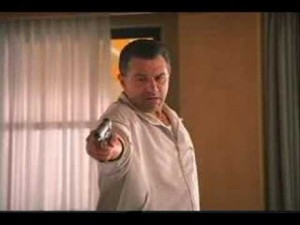
When a rejection hurts—and it will—try my sixty-minute-comeback.
Take thirty minutes to completely feel what you’re feeling––shout, talk to yourself, cry if you must, splash water on your face, eat a large bowl of ice cream, or shoot a pillow like Robert De Niro in Analyze This. Whatever it is, let yourself feel the feelings for thirty minutes.
Set a timer for this.
When the timer beeps, set it for another thirty minutes. During this second thirty minutes, you write. I mean it. Write! Write anything.
• Write the next scene of your WIP.
• Write in your journal.
• Write a song.
• Write something random.
• Write a letter to your future self explaining what just happened.
• Start an entirely new story or novel, not knowing what it will be (IOW, be a thirty-minute pantser!)
Whatever it is, give yourself fully to it. Write. Don’t stop, except to take a few breaths or refill the coffee.
After this writing stint, something interesting will happen. The rejection will still hurt, but it won’t be as bad. I guarantee you it won’t.
And tomorrow, if it tries to come back in full force, head it off with more writing. Five, ten, thirty minutes.
Writing, you see, is the best medicine.
Always.
The most wonderful thing of all is this. A year from now you’ll look back at your production and be amazed at what’s there. Do this for ten years and you’ll be blown away.
You will be a prolific writer.
So how about you? Are you happy with your output? How have you gotten around the obstacles to continuous production?




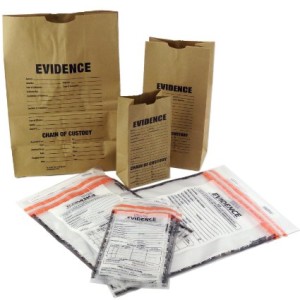
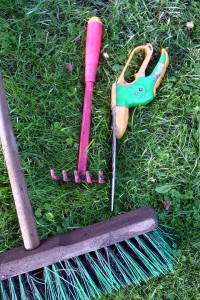
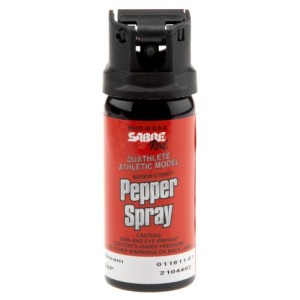
 I was prepared to have Angela grab one, when it dawned on me: Wait! This isn‛t a cozy.
I was prepared to have Angela grab one, when it dawned on me: Wait! This isn‛t a cozy.



